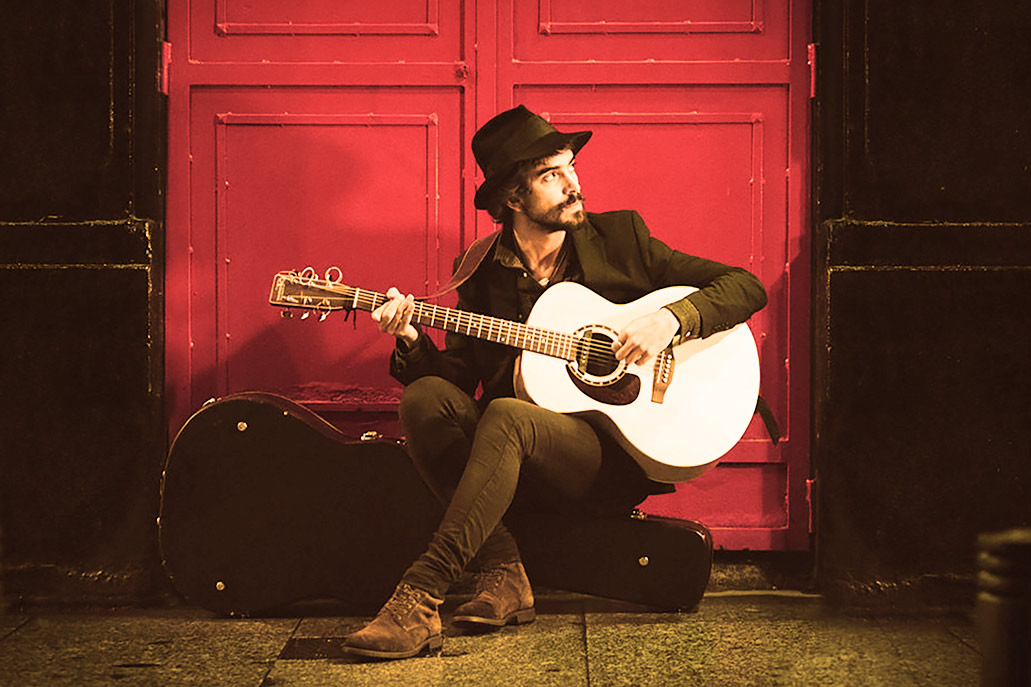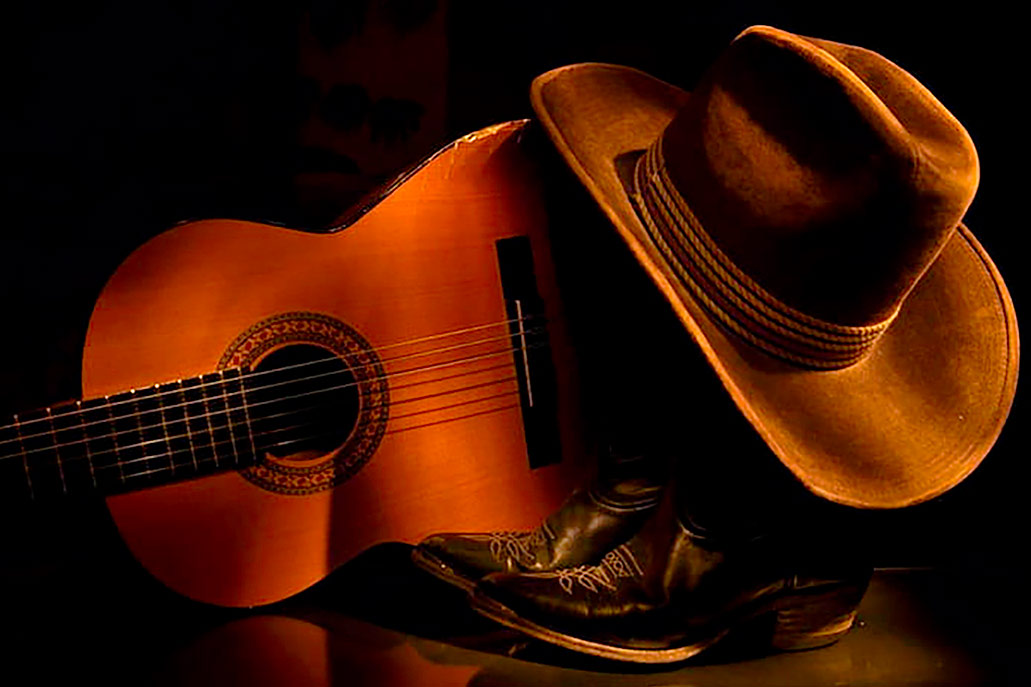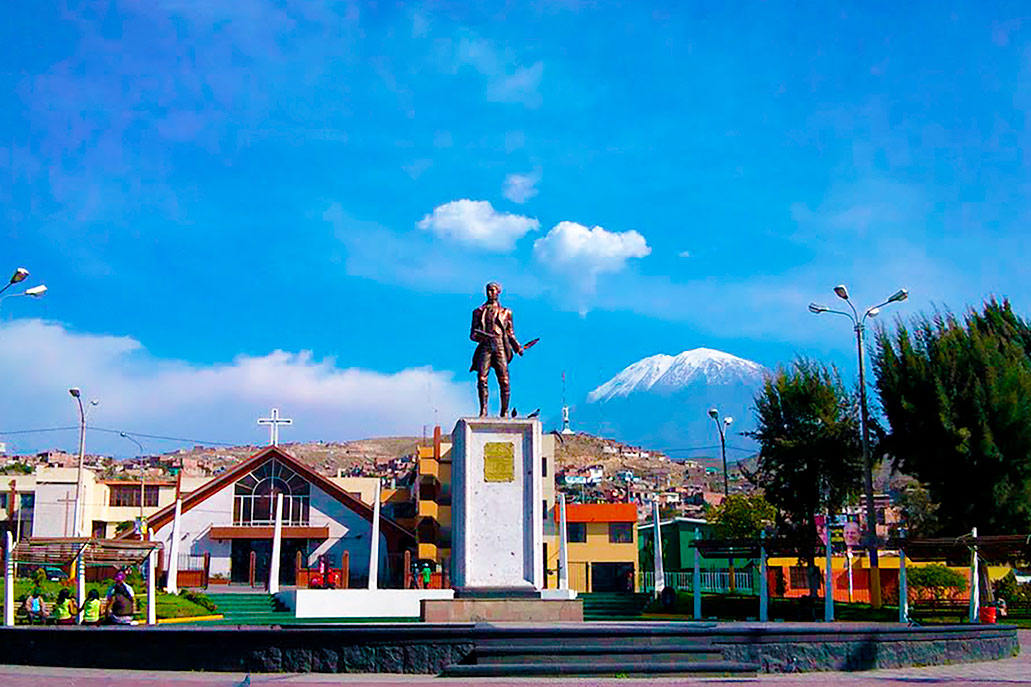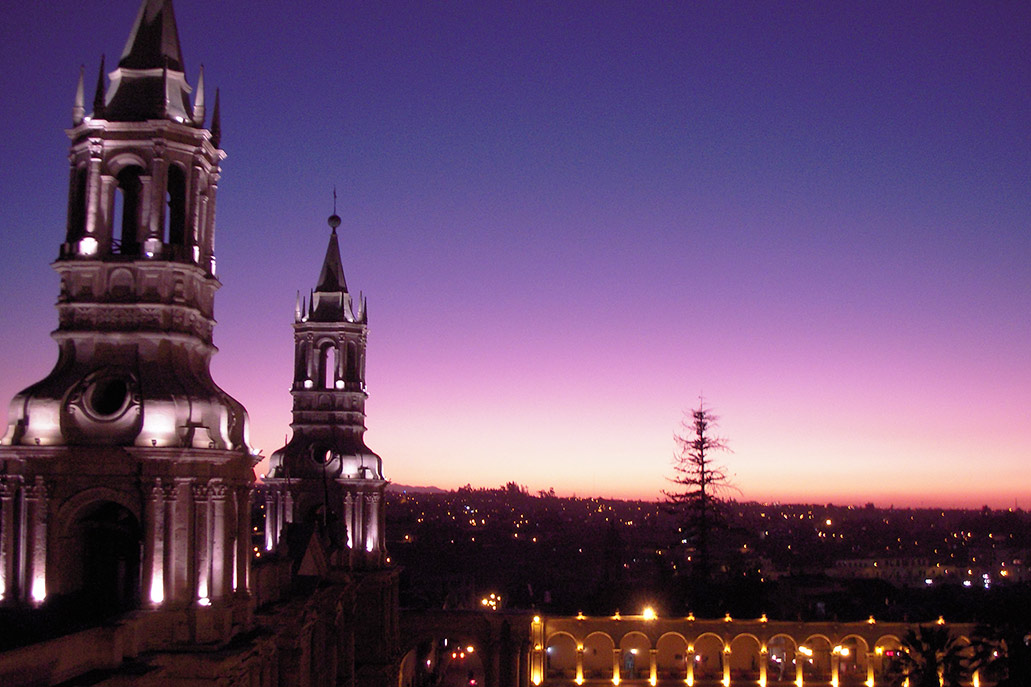The Yaraví of Arequipa, brief history
The yaraví is a song that was widely practiced in colonial times. Mariano Melgar from Arequipa was one of the great cultists and perhaps the most recognized. In this sense, when talking about Arequipa, it is inevitable not to talk about the poet, martyr, and hero of independence, along with the famous yaravíes, songs, and poems that became very similar to the trova.
The brief story of yaraví of Arequipa
The yaravíes are popular thanks to one of their main cultists, Mariano Melgar Valdivieso. However, this song is also practical in other cities such as Cusco, Huamanga, Huánuco, Ancash, Cajamarca, and Lima along with other countries such as Argentina and Ecuador. In terms of practice, these songs are very similar to the Spanish trova. The initial style was changing over the years and also in the way of expressing it in all cities.
According to Diego Gonzales Holguín (1608) who studied the Quechua language for 25 years during the time of the colonial settlement “Harawi”, it can represent the following definitions.
| Yuyaykukuna | Songs of memory |
| Waynarikuna | Songs of deeds of others or memory of absent loved ones and love and hobby |
| Wañupaq harawi | Song of dirges |
| Allin harawi o llunpaq harawiquy | Songs, sing to the divine news |
Diego Gonzales Holguín published the texts::,
- Gramática y arte de la lengva de todo el Perv, llamada lengva Qquichva, o Lengva Inca (1607)
- Vocabulario de la lengva general de todo el Perv llamada lengva Qquichua o del Inca (1608).
Beginnings of the yaraví of Arequipa
When we talk about the Yaraví it is difficult to specify if it is a song or more precisely a poem accompanied by musical instruments. The free meter (in new creations) and the almost recited singing make it a rather melancholic expression. Where the feeling of longing and the longing for the beloved put any heart in trouble.
It is estimated that it was cultivated since the time of the Incas. During the height of the Tahuantinsuyo, two specific types of songs could be found. The Haylli and the Harawi or Aravi. The first of them was especially for historical songs that narrate the battles or epic moments fought by soldiers or generals of the empire. These songs were accompanied by drums and percussion instruments. While the second, had a more melancholic tone, songs that spoke of events or memories of others, about absent loved ones, and songs addressed to the loved or longed for. These songs were accompanied by wind instruments such as the quena, between which a kind of accompaniment and duality occurred.
The yaraví of Arequipa during the conquest
However, some prefer to understand that the harawi or jarawi, until before the arrival of the spanish represented a song of spontaneous expression where sadness manifested itself to narrate what was happening. According to most chroniclers, they told stories of deep grief, both individual and collective. So it would not be strange to think that the most melancholic songs have been transmitted by word of mouth, managing to persist until today. Some studies narrate that the Yaravíes acquired a melancholic and sad tone since the indigenous people suffered the worst violations against their integrity and the little justice they received.
The yaraví of Arequipa during the Spanish colony
During the beginning of the Spanish colony and the Castilianization of the Arequipa region during the 17th century. The first essence of the Yaravíes was almost completely absorbed. According to the story, Arequipa was populated by people who were not very wealthy or large soldiers who owned huge lands. Most of the inhabitants came from Andalusia, Granada, Cádiz, and Seville. Most of these first inhabitants had to subsist by working their land themselves.
These were experts in the manufacture of stringed instruments, therefore connoisseurs and makers of troubadour music. It is at this point where the verses of the yaravíes meet together with the guitar strings, thus forming a new yaraví. In this way, the well-known Arequipeño lonccos emerged, who would be the first descendants of the Spaniards to arrive in these lands and would begin to sing these musical pieces.
Once the Spanish colony was established in the lands of Peru and beginning some signs of revolution against the crown. It is necessary to talk about Mariano Melgar and his relationship with the Yaravíes. The lonccos were already the exponents and owners of these expressions. They expressed it during bohemian afternoons drinking chicha de guiñapo, in the chicherías that surely were already being called picanterías, these places were popular in Cayma, Yanahuara, and Sachaca.
The young Mariano Melgar surely observed these songs in detail and put them on paper, creating new songs himself to be accompanied by the sound of guitars. Leaving pentagrams written by his hand. Melgar left ten yaravíes that can be appreciated today, where love is expressed as the path to pain, loneliness, or preferably towards death. Since then the yaraví is directly related to unrequited love.
El harawi or jarawi was spanished until it ended up in “Yaraví”. Currently, this term is used a lot. You can also find representations and some competitions for all ages. These contests are necessary because they bring this beautiful tradition to the public eye. It is special because the little ones can learn to compose or write verses.
The yaravi these days
At the beginning of the 1930s, a group of Arequipeños with the initiative of Benigno Ballón Farfán took up their instruments, but this time to record and write on staves some of the yaravíes that were only broadcast from time to time, when bohemia prevailed in the restless spirits and eager for love. Thanks to this initiative, it was possible to preserve orchestrated music, songs, and the important tradition of Arequipa. At present, new compositions can be enjoyed with certain liberties both in metrics and music, the latter making it possible to continue maintaining the tradition of this artistic expression.
By Machupicchu Terra – Last updated, August 28, 2023



